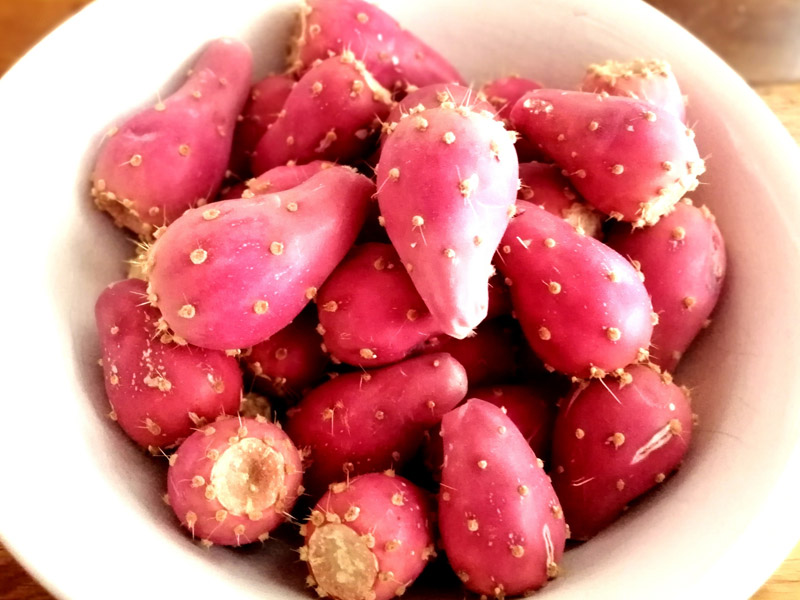Globally Inspired: Unlocking the Anti-Inflammatory Powers of Unique Foods
As the holiday season approaches, maintaining our health becomes paramount, especially when festive gatherings abound. While the staples of a healthy diet like fruits, vegetables, and whole grains play a crucial role, it’s time to expand our culinary horizons. Delve into the rich tapestry of global cuisines with roots in Asia, Latin America, and Africa, discovering not only unique flavors but also powerful anti-inflammatory properties that can elevate your health journey.

Red Adzuki Beans: A Sweet Staple with a Secret Weapon
Cuisines Found In: Asian cuisines including Chinese, Japanese, Korean, and Indian.
How They’re Used: From red bean soup to stuffed buns and savory curries, adzuki beans are versatile. Their sweetened version finds its place in Korean and Japanese desserts, offering a delightful twist.
Benefits: Packed with protein and fiber, adzuki beans boast significant antioxidant and anti-inflammatory properties, according to a 2016 study in the journal Food Chemistry.
Tool to Use: Opt for a slow cooker to soften adzuki beans, creating a delectable concoction with water, a touch of rock or brown sugar, and ginger slices.
Cardamom: Fragrant Spice with a Healing Touch
Cuisines Found In: Indian, Middle Eastern, and Swedish.
How It’s Used: Whether in a spicy curry, sweet pastries, or the iconic masala chai, cardamom adds a fragrant and slightly sweet note to various dishes.
Benefits: Preliminary research suggests cardamom possesses anti-inflammatory and antioxidant properties, making it a flavorful addition to your culinary repertoire.
Tool to Use: A Dutch oven is ideal for slow-cooking cardamom-infused stews, enhancing the depth of flavor.
Prickly Pear: A Tropical Jewel with Healing Powers
Cuisines Found In: Latin.
How It’s Used: Enjoy prickly pear as whole fruit, puréed for smoothies, or in refreshing aguas frescas. Its tartness and vibrant color make it a versatile ingredient.
Benefits: Packed with antioxidants and anti-inflammatory compounds, prickly pear also offers vitamin C, fiber, calcium, and potassium.
Tool to Use: Ensure your blender is up to the task if you plan to purée prickly pear for smoothies or desserts.
Tamarind: Tangy Twist Rooted in Tradition
Cuisines Found In: African, Asian, and Latin.
How It’s Used: From Worcestershire sauce to chile tamarind sauce, tamarind’s complex tangy flavor enhances a range of dishes. Enjoy it fresh, add it to barbecue sauce, or indulge in its unique taste.
Benefits: Traditional medicine has long celebrated tamarind for its potential to ease arthritis flare-ups and pain, although scientific evidence is still evolving.
Tool to Use: A multi-cooker can help infuse tamarind flavors into meat dishes, providing a delightful fusion of taste and health.
As we embrace the diversity of our culinary landscape, let’s not only tantalize our taste buds but also nourish our bodies with these globally inspired, anti-inflammatory foods. This holiday season, let your kitchen be a passport to health and flavor, exploring the vibrant and healing potential of ingredients that span the continents.
Written by Prabha Honrath, RDN







:max_bytes(150000):strip_icc()/GettyImages-1147545054-2000-cf62d6b8188846518193157fba8449be.jpg)